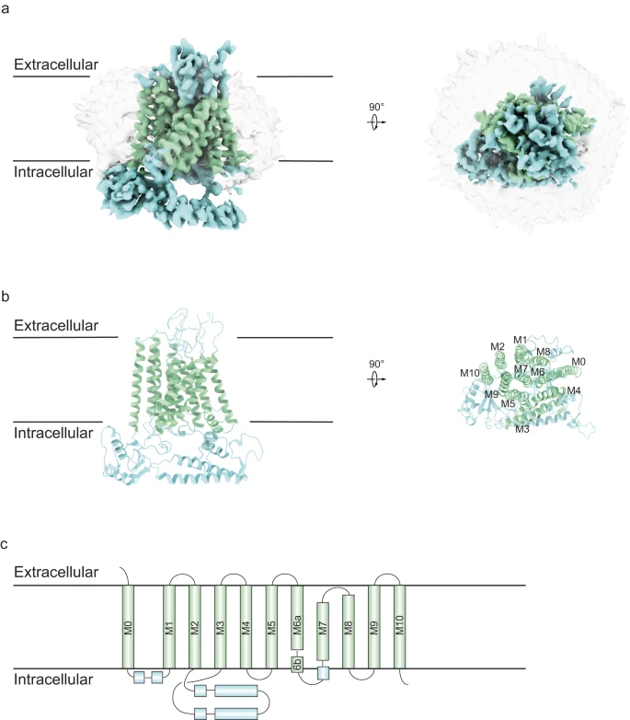
A study led by Professor Shanyu Dang and his research team at HKUST is shedding light on TMEM63 proteins. These proteins are calcium-permeable channels in animals that are primarily activated by hypo-osmolality, and they play crucial roles in various physiological functions. Deficiencies in these channels have been associated with several diseases, including hearing loss. However, their structures and physiological roles have remained elusive until now.
To investigate these proteins, the team utilized cryo-electron microscopy (cryo-EM) to examine the structure of TMEM63C in mouse and compared it to other TMEM63 proteins as well as their plant orthologues known as OSCAs. Notably, they discovered significant differences in structure among these proteins.
Furthermore, the researchers conducted experiments to understand the functioning of TMEM63 proteins. They identified specific regions of the protein that are essential for its activity and elucidated the critical roles of the coupling between TM0 and TM6 in channel activity. Additionally, they observed that TMEM63C acts as a single unit, while TMEM63B can exist as both a single unit and a pair. This suggests that TMEM63 proteins can regulate their function through their dimerization.
Understanding TMEM63 proteins is crucial because they are involved in how cells perceive and respond to mechanical forces. These forces are vital for cellular adaptation and survival in their environment.
The findings of this study provide valuable insights into the structure and function of TMEM63 proteins, opening up possibilities for the development of new treatments for diseases such as hearing loss.
Journal Reference:
Qin, Y., Yu, D., Wu, D. et al. Cryo-EM structure of TMEM63C suggests it functions as a monomer. Nat Commun 14, 7265 (2023). https://doi.org/10.1038/s41467-023-42956-2